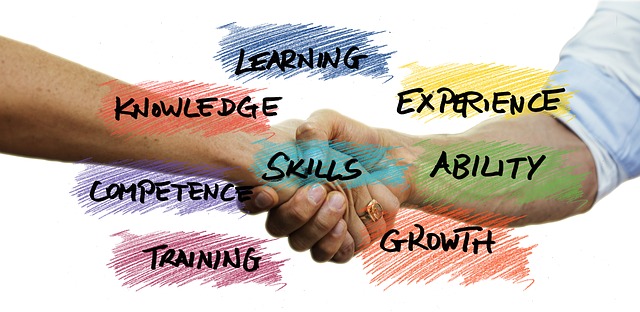In her presentation on The Science of Compassion during the Mindful Healthcare Summit, Kelly McGonigal highlighted the body-mind impact of compassion and compassion training. Over the past 10 years she has worked with the Stanford Center for Compassion and Altruism Research and Education in the capacities of researcher and educator. Kelly was a co-author of the Stanford Compassion Cultivation Training [CCT] and has undertaken research into its impacts on mind and body.
The mind-body effects of compassion training
The research undertaken by Kelly and her colleagues highlights the effects of compassion training on the mind and body. Kelly summarised these effects as follows:
- The process of compassion starts in the primitive part of the brain, the amygdala, which registers a form of “sympathetic stress”, experienced by the observing individual as sadness or suffering. At this stage a person can become overwhelmed, particularly where they become too identified with the person who they perceive as suffering in some way, e.g. through grief, chronic physical illness, relationship breakdown or mental illness. The person who is experiencing overwhelm may adopt flight behaviour by distancing themselves (mentally and/or physically).
- The next stage involves the pre-frontal cortex and other parts of the “midline structure of the brain”. Here the sympathetic sufferer, through a process of “social cognition”, can separate themselves from the perceived sufferer. They recognise the suffering of the “other” and understand that they have a relationship to that person (as part of humanity) but are quite distinct from that other person – they don’t take the suffering on-board or “own the suffering” of the other person. This ability to achieve separation mentally is critical for the balance and welfare of the observer and is foundational to their willingness and ability to act to relieve the suffering of others. Without this balance, the observer may experience what Richard Davidson described as “empathy fatigue”.
- When we actually take compassionate action to relieve the suffering of another, we experience the “reward system” – our brain releases dopamine which make us feel good, hopeful and courageous. It thus serves to strengthen our motivation to redress the suffering of others. It activates “the approach motivation system of the brain” – motivating us to act on environments that we experience as unjust or toxic.
As we grow in mindfulness through compassion meditation and compassion training, and take action to redress the suffering of others, we can experience an increasing capacity for compassionate action and strengthening motivation to act on unjust or toxic environments.
____________________________________________
Image by Gerd Altmann from Pixabay
By Ron Passfield – Copyright (Creative Commons license, Attribution–Non Commercial–No Derivatives)
Disclosure: If you purchase a product through this site, I may earn a commission which will help to pay for the site, the associated Meetup group and the resources to support the blog.

